Observing in California

We can see the sky from anywhere on Earth, but astronomers must be choosy about where they observe. For them, stargazing requires good weather and dark skies.
Late in the 1800s, astronomers came to California looking for steady mountaintop air and a clear window on the universe. They built the largest observatories in the world and made discoveries that transformed our view of the cosmos. Their work inspired amateur stargazers to explore the sky. It also shaped the creation of places like Griffith Observatory, which was built for public astronomy.
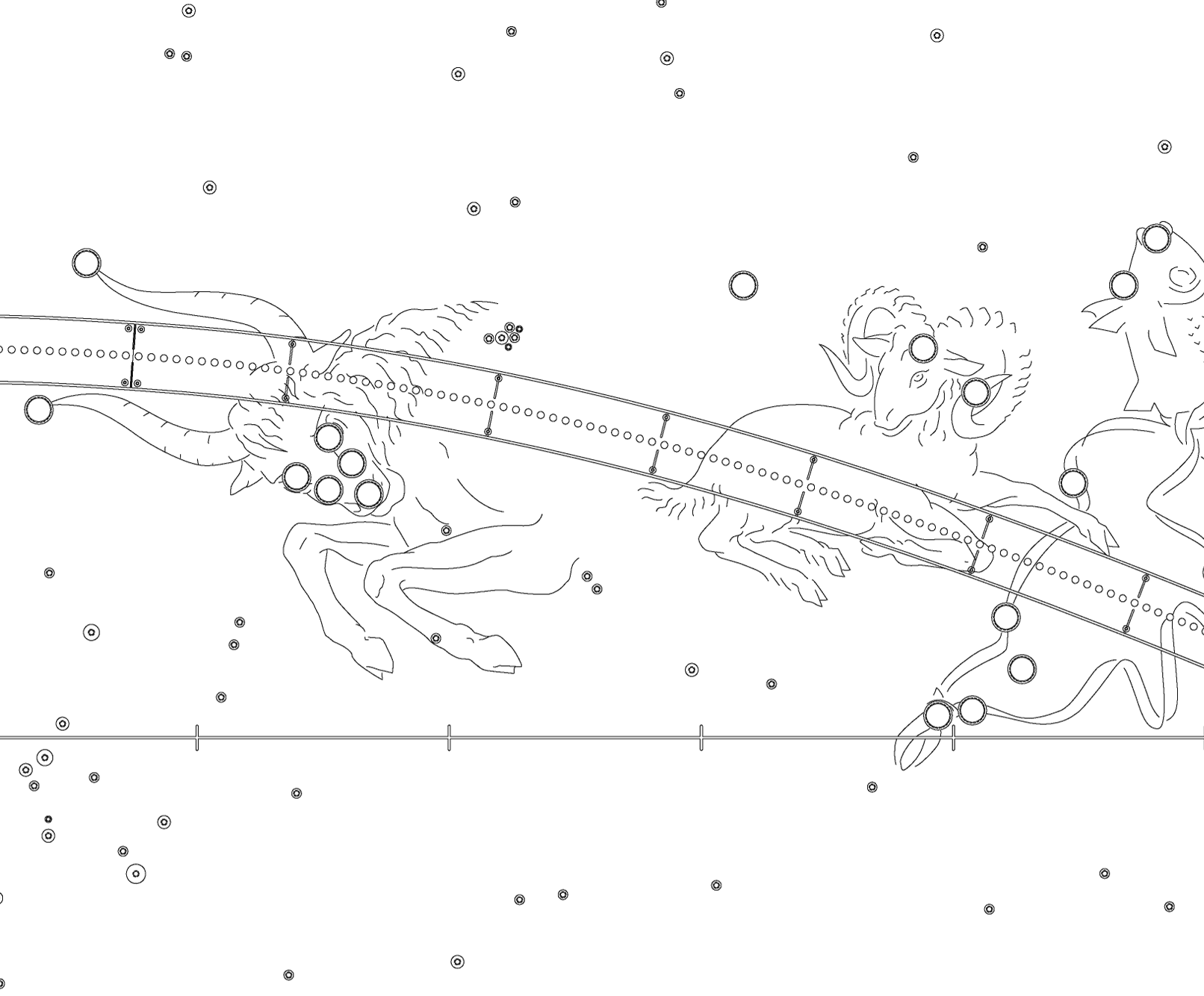
Observing in California
Coming to California
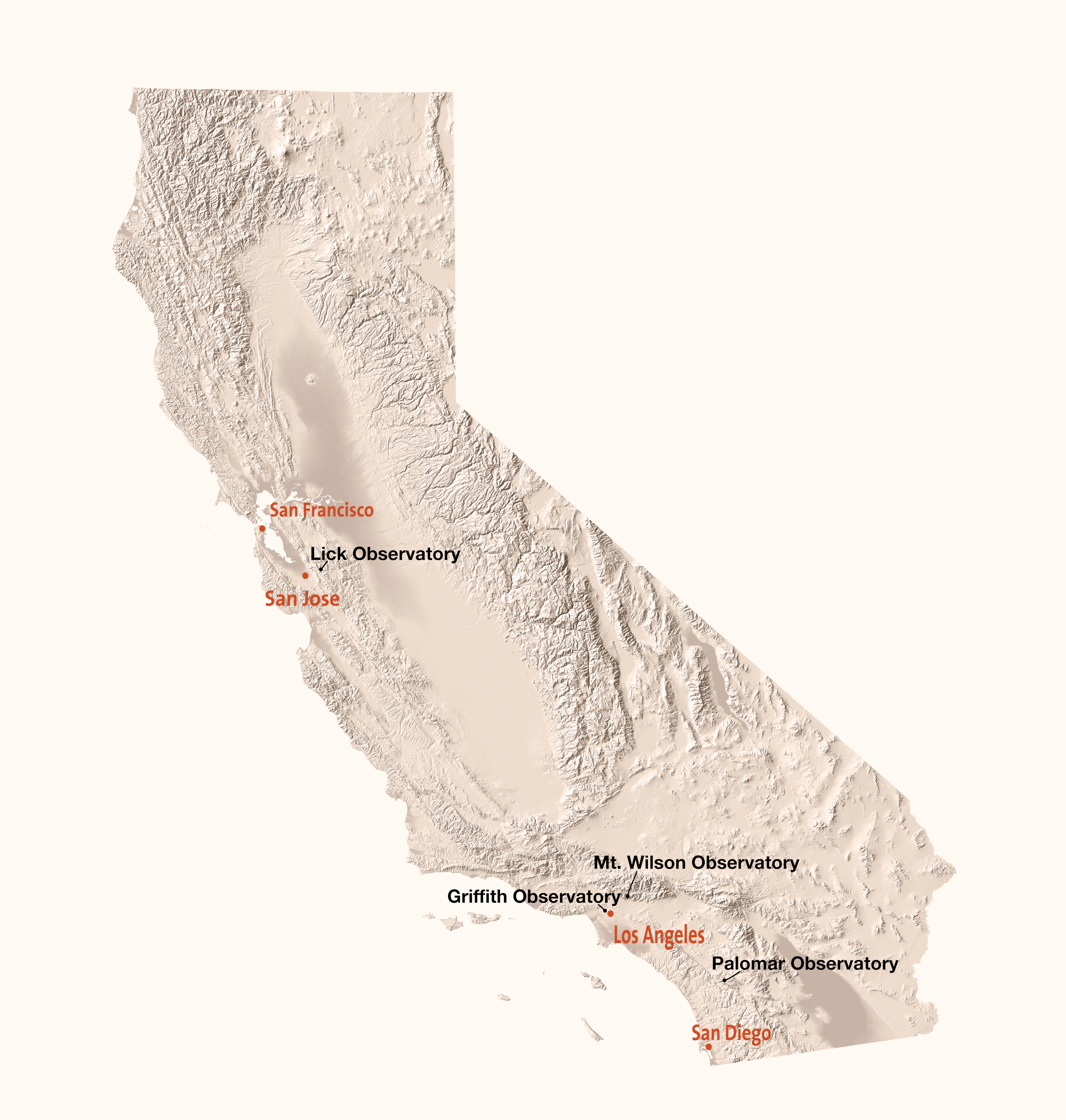
More than a century ago, astronomers started using the laws of physics to understand how stars, planets, and galaxies work. In the process, they created the science of astrophysics, which requires precise observations. This meant that astronomers had to build modern telescopes in areas where the air was clear, dry, and steady.
Observatory builders looked to the western United States to find places with good observing weather. California was the perfect spot. It has coastal mountain ranges rising into dry air blowing off the cool waters of the Pacific Ocean. These conditions combine to provide the calmest air in the country.
The golden era of California astronomy and astrophysics began when Lick Observatory opened east of San Jose in 1888. The Mount Wilson Observatory was built north of Los Angeles in 1904. The Palomar Observatory opened near San Diego in 1949.
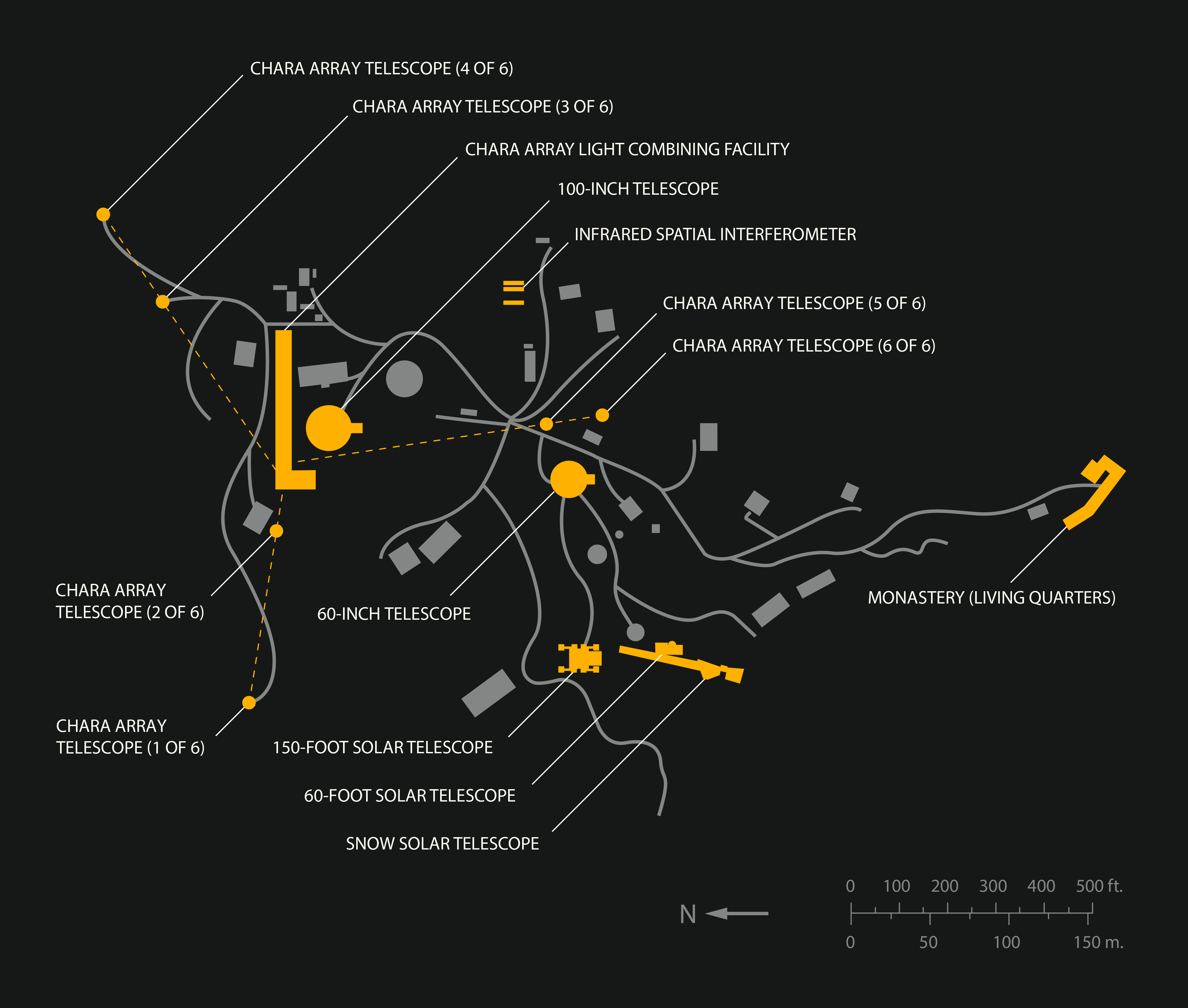
Mount Wilson’s Astronomy Village
Mount Wilson remains an active modern observatory. It has a collection of new and old observing instruments, along with support facilities, all nestled atop the San Gabriel Mountains.
The observatory hosts two large optical telescopes for night observations, plus a group of instruments to study the Sun. Nearby is the CHARA interferometer—an array of six telescopes whose light is combined to detect faint objects.
Instrument of Discovery

For 30 years, Mount Wilson’s 100-inch Hooker telescope was the largest in the world. It was built by George Ellery Hale and named after businessman John D. Hooker, who gave the money for its construction. The telescope saw first light in 1917. Astronomers such as Edwin Hubble used it to explore and expand the limits of the known universe.
Live View from Observatories
Live view from Lick Observatory
Live view from Mount Wilson Observatory
Live view from Palomar Observatory


Farther and Fainter
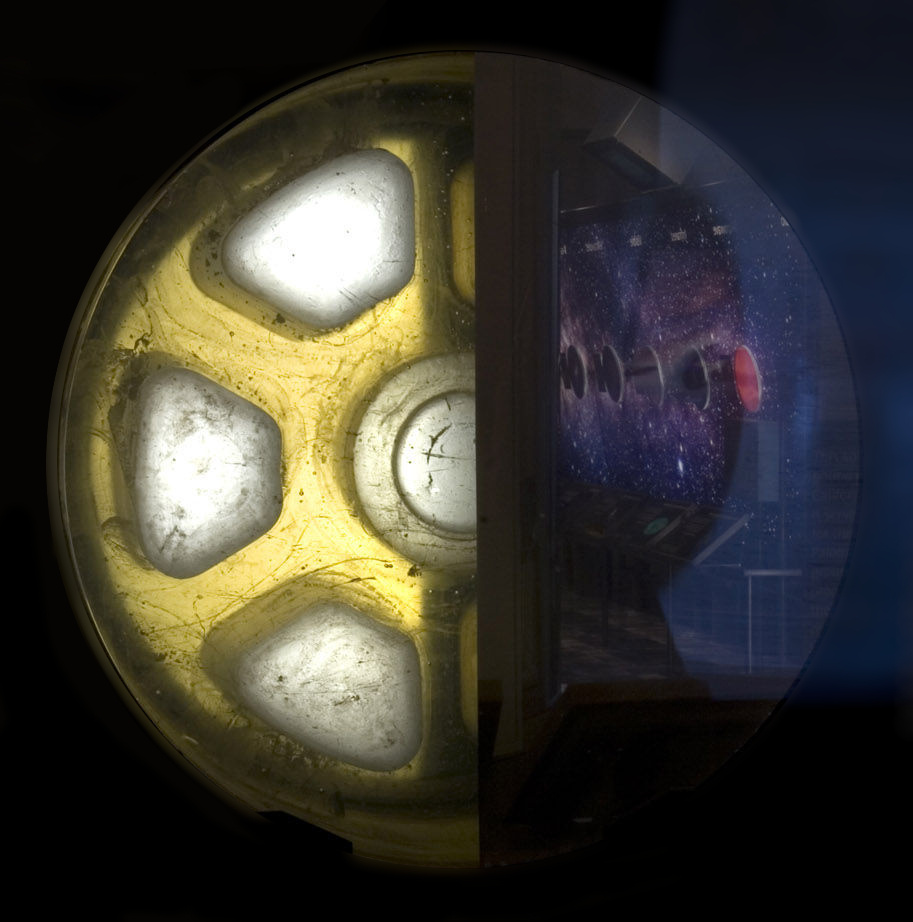
Astronomers always want to see farther and fainter, to gather a lot of light from dim, faraway objects. The 200-inch Hale Telescope at Palomar Observatory is a big “light bucket” that allows observers to study very distant stars and galaxies.

This 40-inch-wide, 1,250-pound glass plug is a part of California astronomy history. It served as a center support for the 200-inch, 14-ton Palomar mirror as it was being ground and polished. The process took 11 years. After the mirror was complete, construction workers removed the plug from the center of the mirror. It was later sent to Griffith Observatory for display.
Using Technology to Build Bigger Telescopes
Astronomers want large, sensitive mirrors to gather more light from astronomical objects. The larger the mirror, the farther, fainter, and smaller they can see.
Big mirrors present big challenges. The mirrors in the large telescopes at Mount Wilson and Palomar Observatory are incredibly heavy. Designers created perfect glass surfaces that would hold their shapes despite the enormous weight.
Polishing the Perfect Mirror
Casting glass is only the first step in creating a very large and precise mirror. The mirrors for the Hooker 100-inch telescope at Mount Wilson and Hale 200-inch instrument at Palomar Observatory had to be polished to the perfect shape. Optical experts did this slow, careful work, often by hand. Nearly 10,000 pounds of glass were ground off the Hale mirror over the course of 13 years to make the final surface.
New Mirrors, New Astronomy
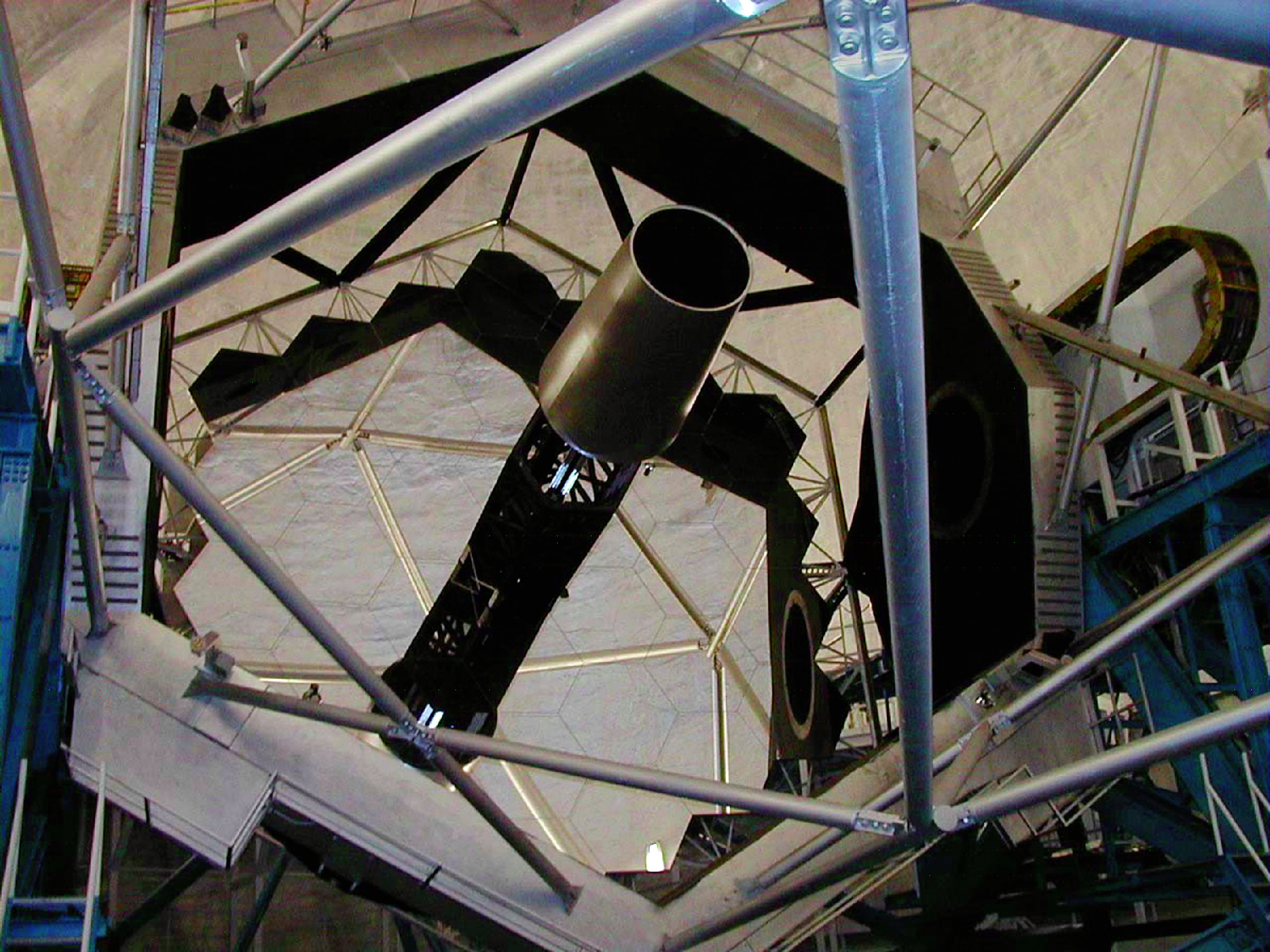
Computers make it possible to design, build, and operate very large telescope mirrors made of lightweight reflecting segments. The Keck Observatory mirror is a mosaic of 36 thin, hexagonal mirrors. The result is a 400-inch reflecting surface. The Keck telescopes, along with Gemini, Subaru, and other observatories, observe the cosmos from atop Mauna Kea on the Big Island of Hawaii.
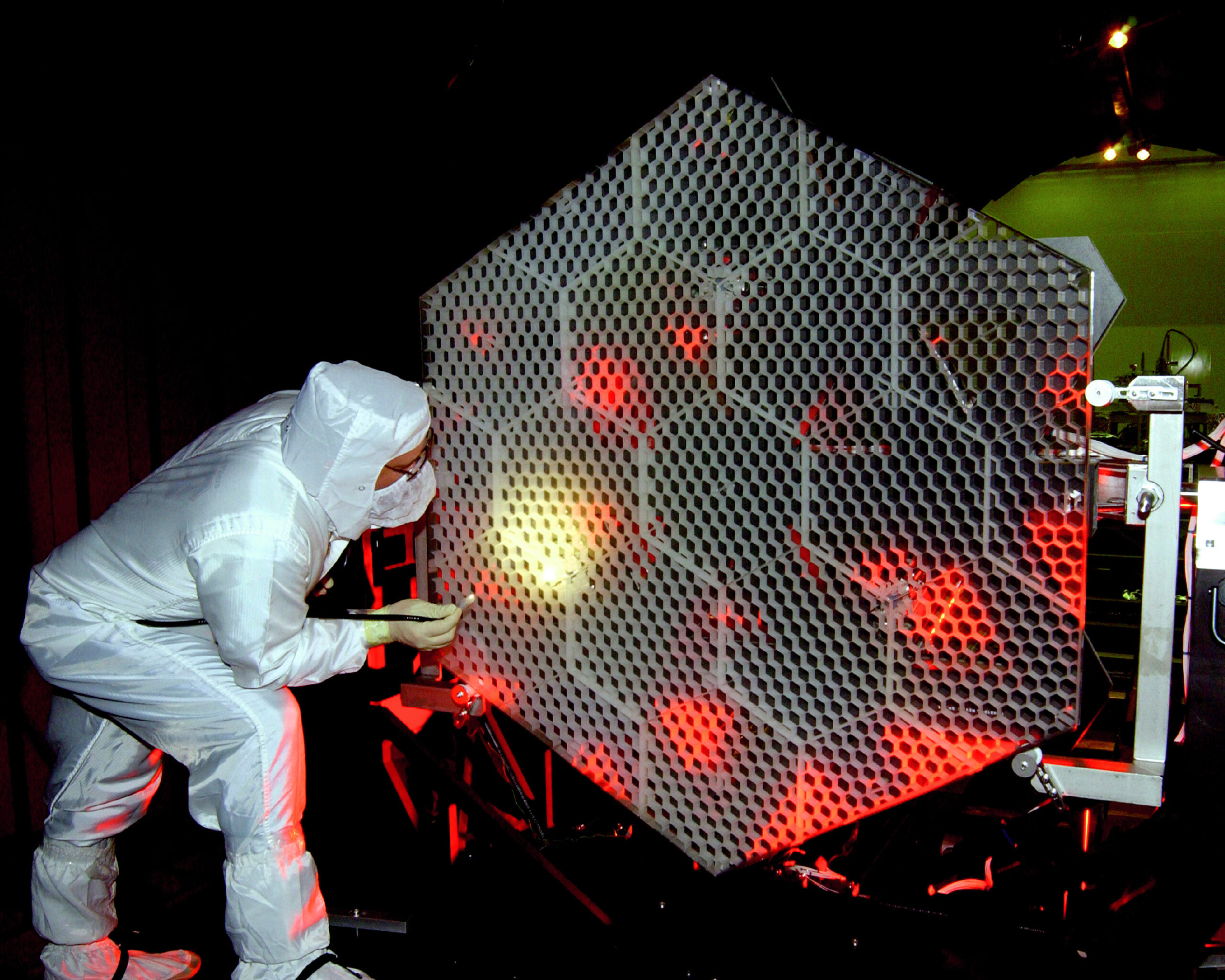
A set of 18 segmented mirrors forms the heart of the James Webb Space Telescope, the infrared-sensitive successor to the famous Hubble Space Telescope. Its reflector segments are made of lightweight beryllium, which can detect very faint infrared emissions.
California Leads the Way

California astronomers are among the stars of the world science community. They study everything, from the solar system to the most distant galaxies in the cosmos. They use spacecraft and mountaintop telescopes as tools to make fundamental discoveries about the universe.
The Sun is a very important focus of California astrophysical research. Astronomers use Mount Wilson’s telescopes and instruments to observe it every day. They chart its outbursts and study their effects on our home planet.
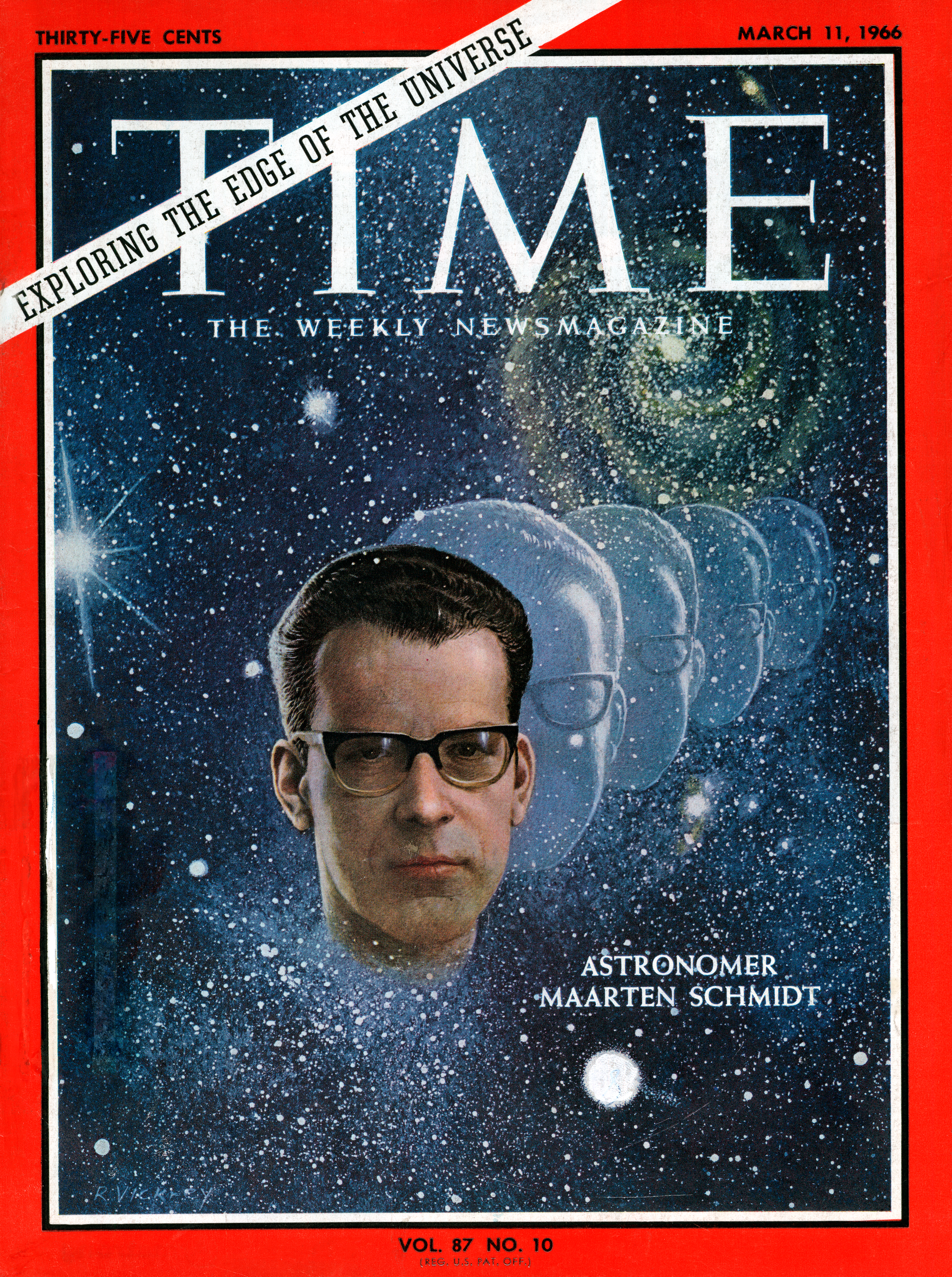
Sunspots and flares aren’t the only things astronomers have studied from Mount Wilson. Early in the 20th century, faint blurs of light caught people’s attention. At first, astronomers called them “spiral nebulae” and “island universes” without knowing their true nature. In 1925, Edwin Hubble determined that these dim objects are really other galaxies scattered through space as far as we can see. What’s more, they are part of an expanding universe.
In the 1960s, California astronomers Allan Sandage Maarten Schmidt, and Thomas Matthews paid attention to mysterious, strong radio sources in the sky called quasi-stellar radio objects, or “quasars.” Schmidt calculated that they are the most distant things yet observed. These Golden State discoveries showed that the universe is bigger and more interesting than anyone had dreamed.
A Community of Observers
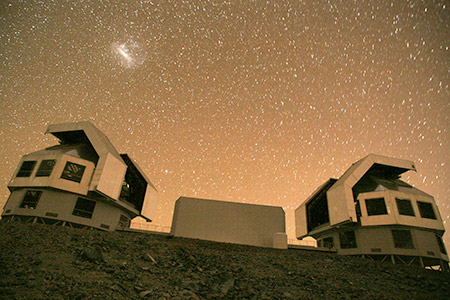
Las Campanas Observatory
La Serena, Chile
Carnegie Institution’s Twin 6.5-meter Magellan Telescopes
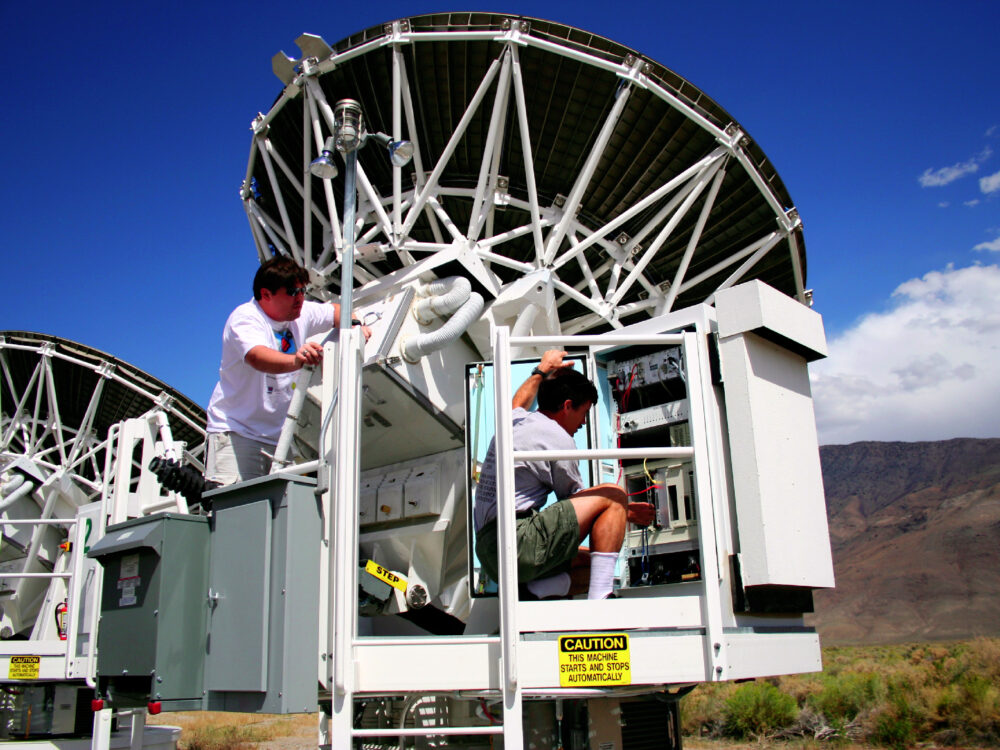
Owens Valley Radio Observatory
Bishop, California
Sunyaev-Zeldovich Array
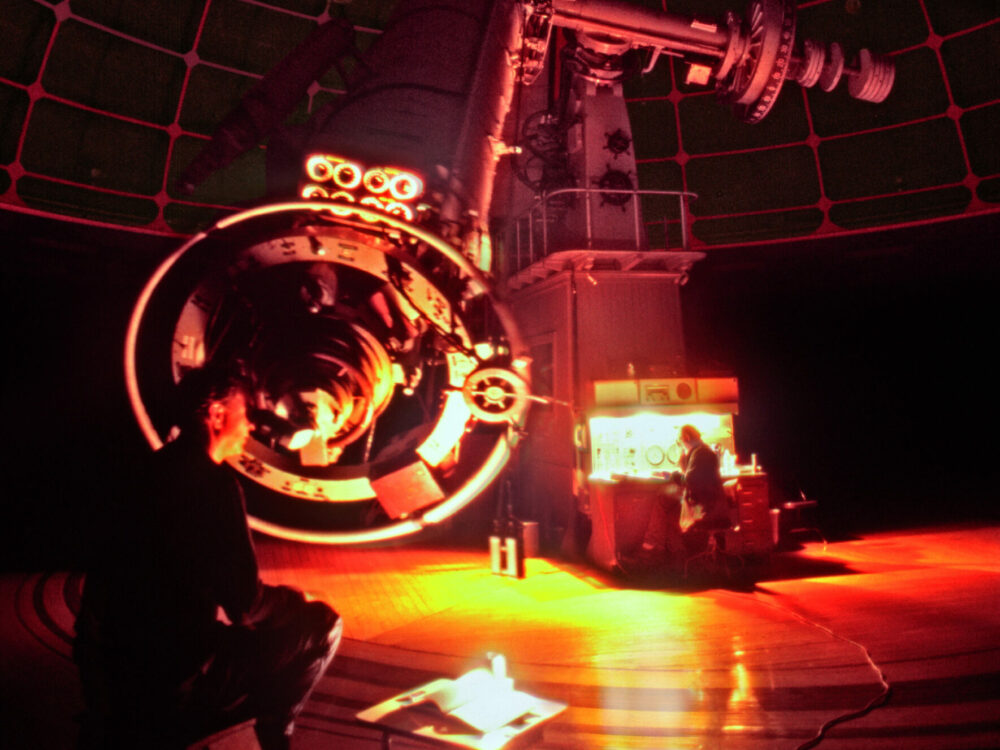
Lick Observatory
San Jose, California
36-inch Refracting Telescope
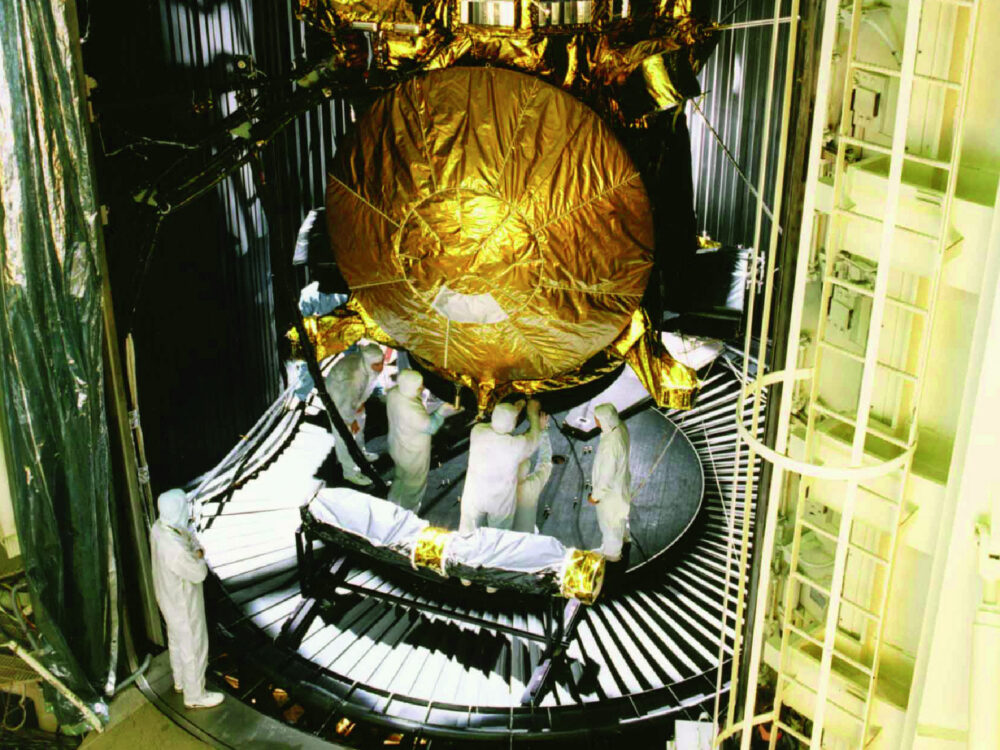
NASA's Jet Propulsion Laboratory
Pasadena, California
Cassini-Huygens Spacecraft
California astronomers work in every branch of astrophysics. They study everything from extrasolar planets to objects in the distant, early universe. Their tools range from the Lick Observatory to spaceborne instruments developed at the Jet Propulsion Laboratory.
Students come here to study with leaders in astronomy. They also participate in the latest research and discoveries at California-affiliated observatories in Chile and Hawaii.


Astronomy for All
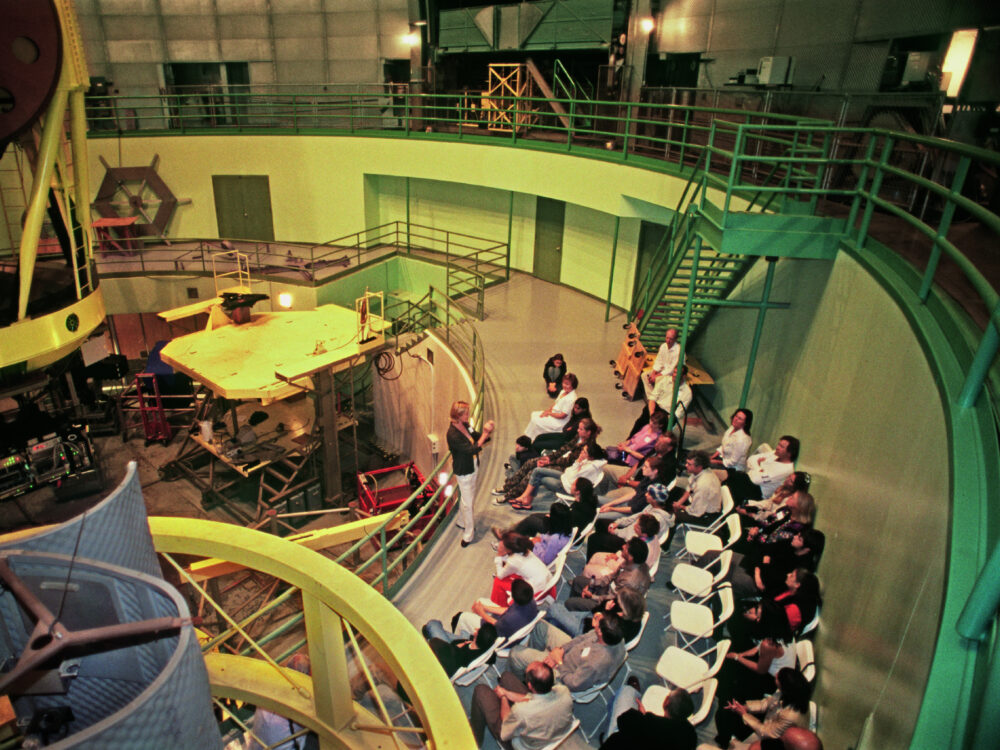
Observatories Reach Out
In the past, astronomical institutions didn’t always open their doors to the public. Today that is changing. People are fascinated with the astronomy they support with their tax dollars. Astronomers at facilities like Lick Observatory now give tours, offer lectures, and use websites to inform people about the exciting discoveries they are making.

The Building as Instrument
Early in the 20th century, the great discoveries made at California’s observatories fired the public’s imagination. Everybody wanted to see the stars and galaxies for themselves. People flocked to public star parties, and amateur astronomers made their own backyard telescopes.
Griffith Observatory was built to bring the stars to everyone. It opened on May 14,1935, as a gift to the citizens of Los Angeles from Colonel Griffith J. Griffith and is truly the “people’s observatory.” Today visitors can use the observatory’s science exhibits, telescopes, and planetarium to study anything in the sky that captures their interest.
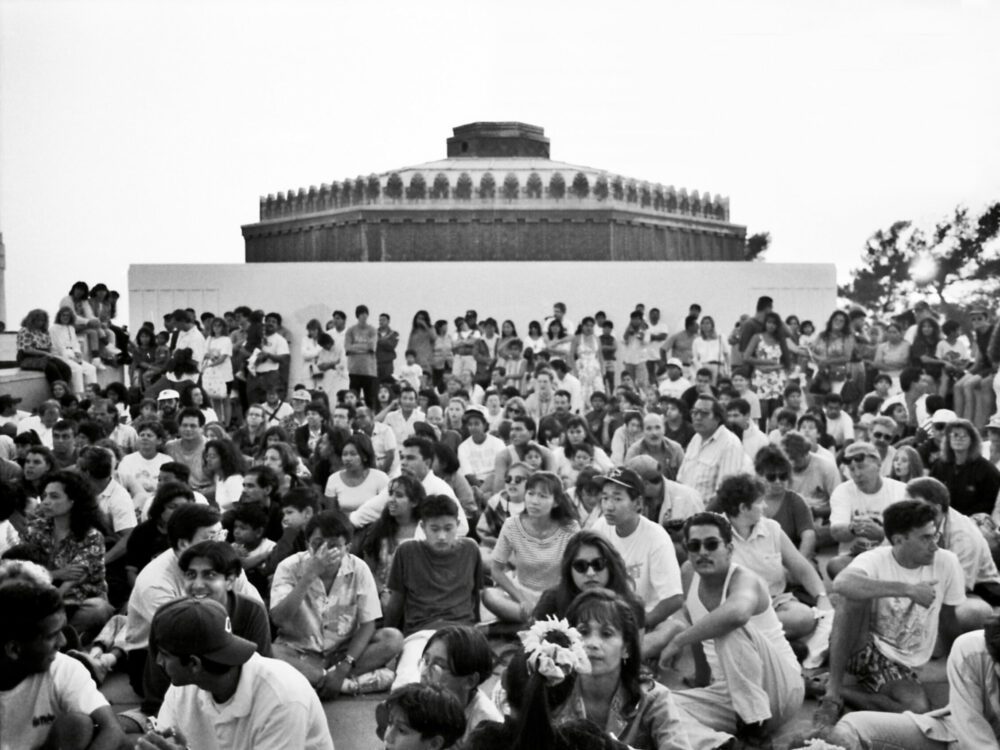
Everyone Can Participate
California observatories and their amazing discoveries raise public interest in astronomy. Each year, people across the country buy hundreds of thousands of telescopes and become active stargazers.
Visitors often come to Griffith Observatory just to observe astronomical events. In 1994, large crowds gathered to watch as Comet Shoemaker-Levy 9 crashed into Jupiter’s atmosphere.
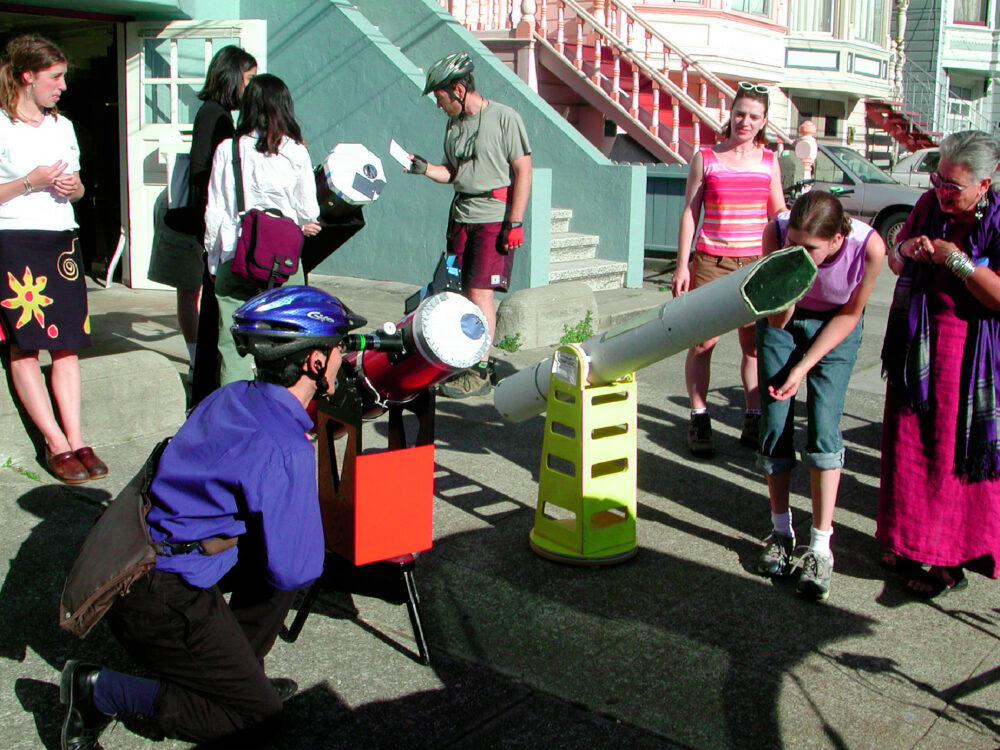
Astronomy From the Sidewalk
People like to look at the stars and planets through telescopes. In cities around the U.S., groups like Sidewalk Astronomers (in San Francisco) and the Los Angeles Astronomical Society set up telescopes to observe events like eclipses. Members buy their own telescopes and let the public look through them free of charge. These groups have conducted regular public “star parties” at Griffith Observatory for many years.